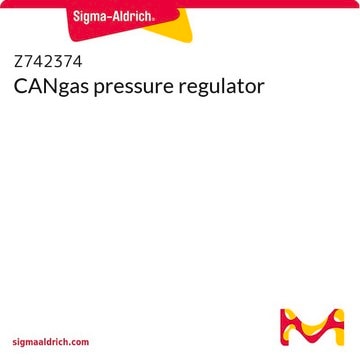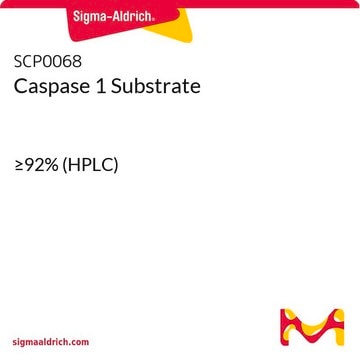All Photos(1)
About This Item
Empirical Formula (Hill Notation):
H2
CAS Number:
Molecular Weight:
2.02
EC Number:
MDL number:
UNSPSC Code:
12141902
PubChem Substance ID:
Recommended Products
vapor density
0.07 (21 °C, vs air)
Quality Level
Assay
≥99.999%
autoignition temp.
1060 °F
expl. lim.
74.2 %
bp
−252.8 °C (lit.)
mp
−259.2 °C (lit.)
SMILES string
[H]
InChI
1S/H2/h1H
InChI key
UFHFLCQGNIYNRP-UHFFFAOYSA-N
Looking for similar products? Visit Product Comparison Guide
Packaging
pressure tin; filling pressure at 15°C: 11 bar; content (15°C, 1 bar): 11 L
Other Notes
Sales restrictions may apply
Signal Word
Danger
Hazard Statements
Precautionary Statements
Hazard Classifications
Flam. Gas 1A - Press. Gas Compr. Gas
Storage Class Code
2B - Aerosol cans and lighters
WGK
nwg
Flash Point(F)
<-238.0 °F - closed cup
Flash Point(C)
< -150 °C - closed cup
Personal Protective Equipment
dust mask type N95 (US), Eyeshields, Gloves
Choose from one of the most recent versions:
Already Own This Product?
Find documentation for the products that you have recently purchased in the Document Library.
Shafeer Kalathil et al.
Biotechnology advances, 31(6), 915-924 (2013-05-18)
Microorganisms naturally form biofilms on solid surfaces for their mutual benefits including protection from environmental stresses caused by contaminants, nutritional depletion or imbalances. The biofilms are normally dangerous to human health due to their inherited robustness. On the other hand
Patrick S Fier et al.
Science (New York, N.Y.), 342(6161), 956-960 (2013-11-23)
Fluorinated heterocycles are prevalent in pharmaceuticals, agrochemicals, and materials. However, reactions that incorporate fluorine into heteroarenes are limited in scope and can be hazardous. We present a broadly applicable and safe method for the site-selective fluorination of a single carbon-hydrogen
Guancai Xie et al.
Advanced materials (Deerfield Beach, Fla.), 25(28), 3820-3839 (2013-07-03)
Hydrogen production from solar water splitting has been considered as an ultimate solution to the energy and environmental issues. Over the past few years, graphene has made great contribution to improving the light-driven hydrogen generation performance. This article provides a
Ondrej L Krivanek et al.
Nature, 514(7521), 209-212 (2014-10-10)
Vibrational spectroscopies using infrared radiation, Raman scattering, neutrons, low-energy electrons and inelastic electron tunnelling are powerful techniques that can analyse bonding arrangements, identify chemical compounds and probe many other important properties of materials. The spatial resolution of these spectroscopies is
Hiroshi Ishikita et al.
Journal of the Royal Society, Interface, 11(91), 20130518-20130518 (2013-11-29)
In protein environments, proton transfer reactions occur along polar or charged residues and isolated water molecules. These species consist of H-bond networks that serve as proton transfer pathways; therefore, thorough understanding of H-bond energetics is essential when investigating proton transfer
Our team of scientists has experience in all areas of research including Life Science, Material Science, Chemical Synthesis, Chromatography, Analytical and many others.
Contact Technical Service










